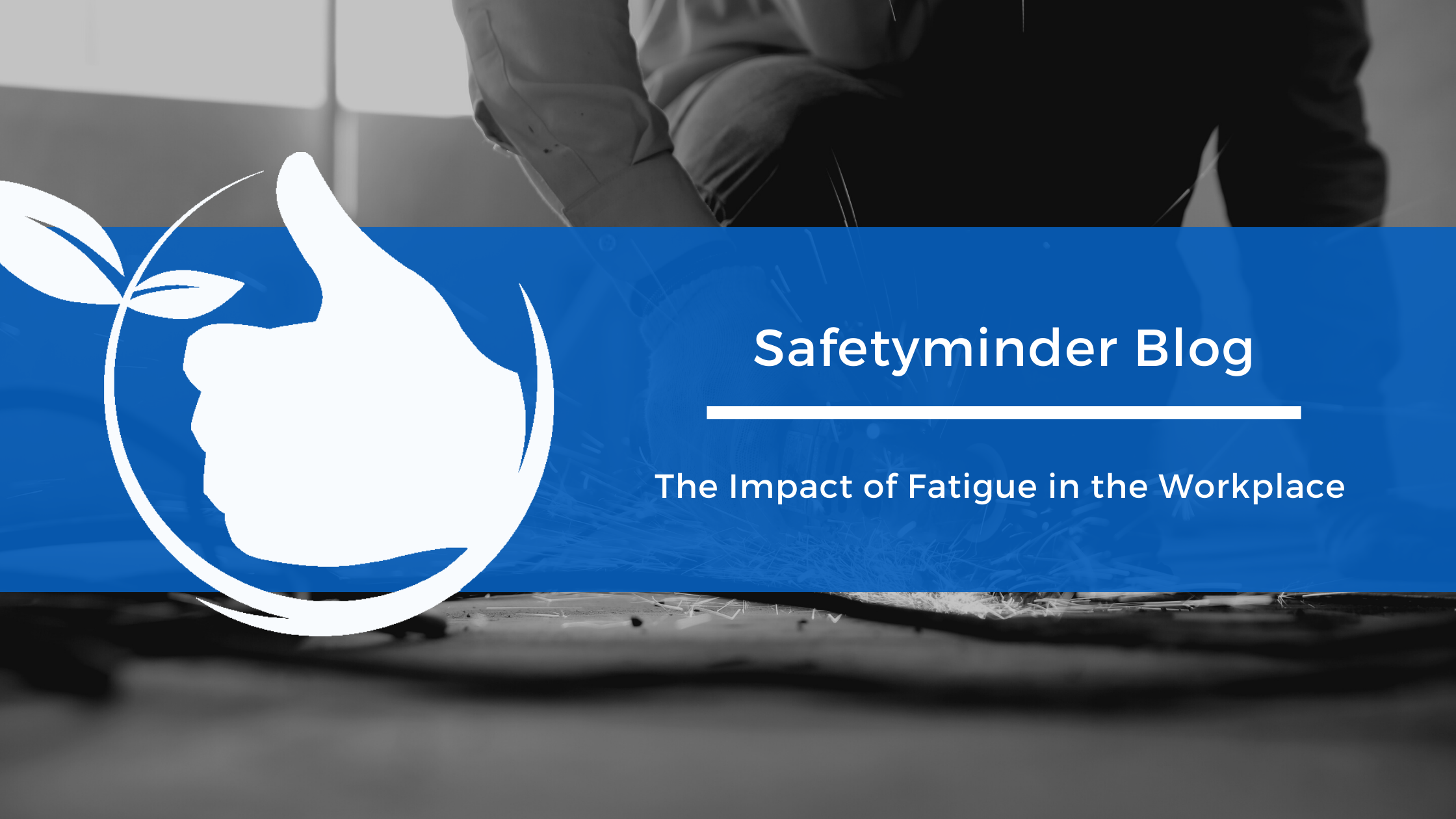
Impacts of fatigue in the workplace
Fatigue in the workplace doesn’t only impact on workers’ mental and physical health, it can also impact on the health and safety of those around them.
Fatigue can result in a lack of alertness, slower reactions to signals or situations, and affect a worker’s ability to make good decisions. This can increase the risk of incidents and injury in a workplace, particularly when:
- operating fixed or mobile high risk plant
- driving a road vehicle, such as a taxi or courier van
- working at heights
- taking part in medical or surgical procedures and settings
- working with flammable or explosive substances
- hazardous work, for example electrical work.
Managing fatigue in the workplace
Everyone in the workplace has a work health and safety duty and can help to ensure fatigue doesn’t create a risk to health and safety at work.
Examples of identifying factors that may cause fatigue in the workplace include:
- consulting workers—managers, supervisors and health and safety representatives—about the impact of workloads and work schedules, including work-related travel and work outside normal hours
- examining work practices, systems of work and worker records, for example sign in-out sheets
- reviewing workplace incident data and human resource data.
Examples of control measures for fatigue risks that could be considered include:
- work scheduling
- shift work and rosters
- job demands
- environmental conditions
- non-work related factors
- workplace fatigue policy.
Providing information and training to workers about the factors that can contribute to fatigue and the risks associated with it will help them to not only do their job, but also implement control measures to minimise the risk of fatigue in the workplace.
Training about fatigue and relevant workplace policies should be arranged so it is available to all workers on all shifts.
Once control measures are implemented, they should be monitored and reviewed to make sure they remain effective. Consider implementing trial periods for any new work schedules and encouraging workers to provide feedback on their effectiveness.